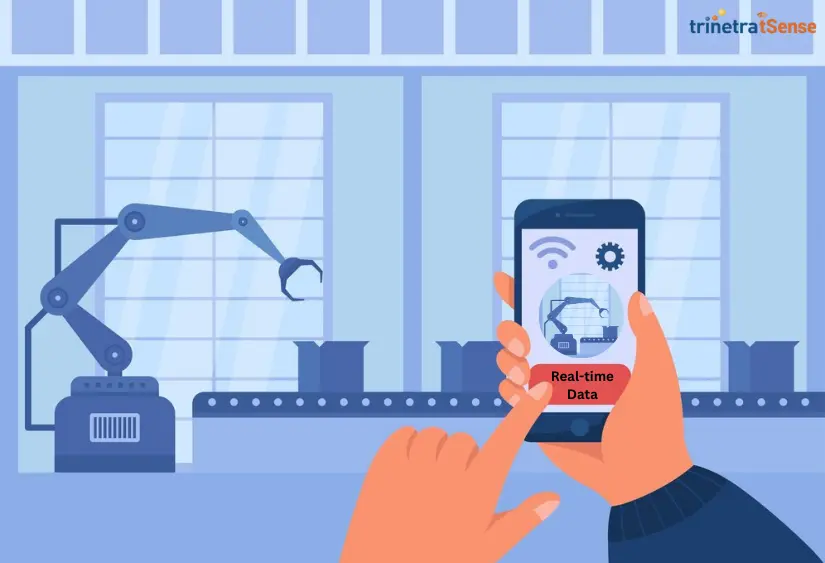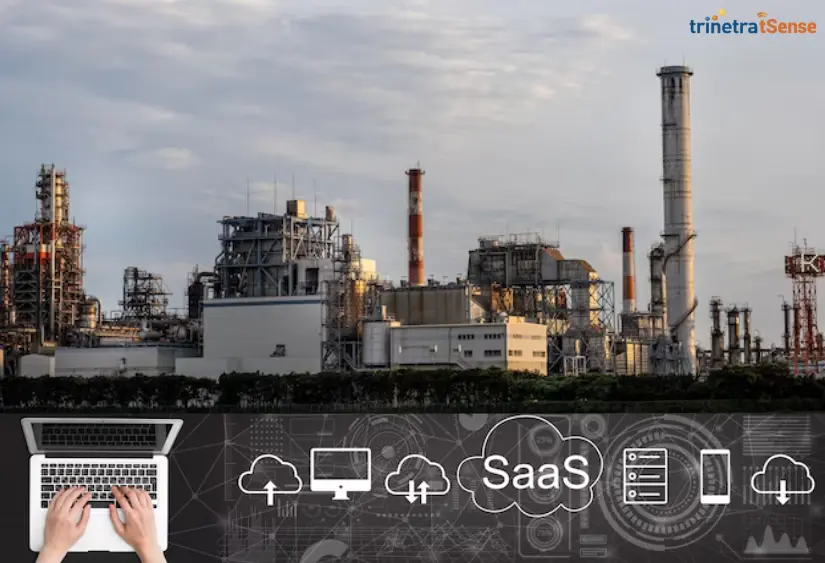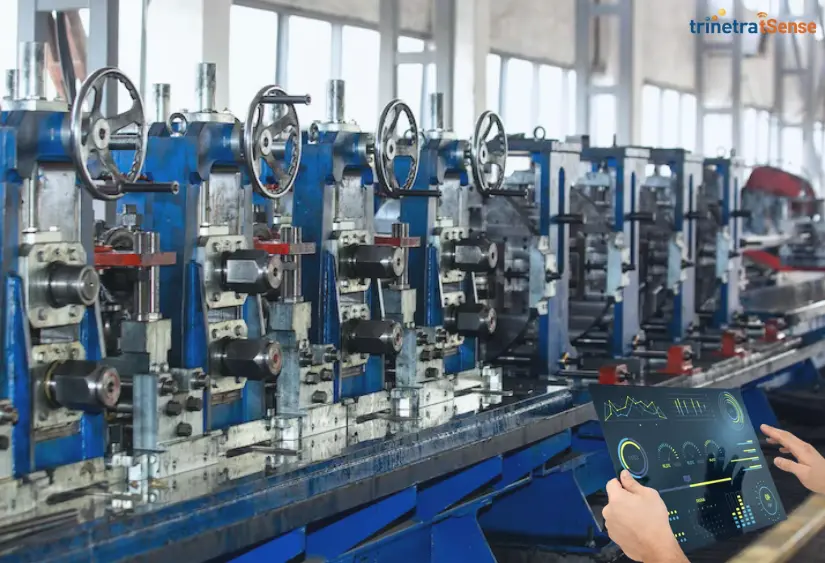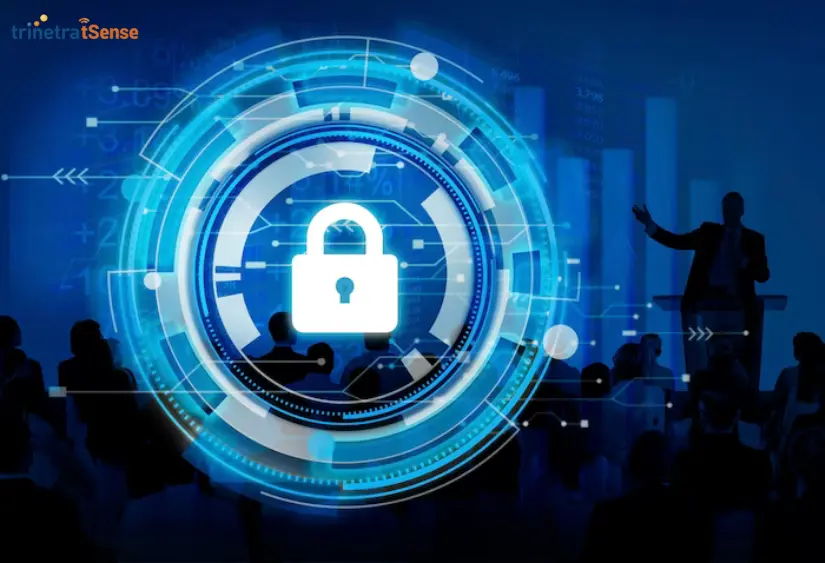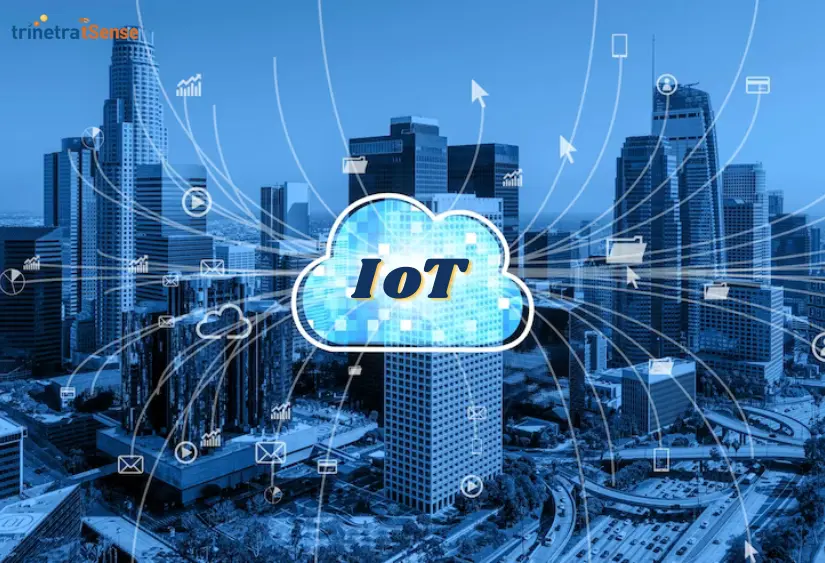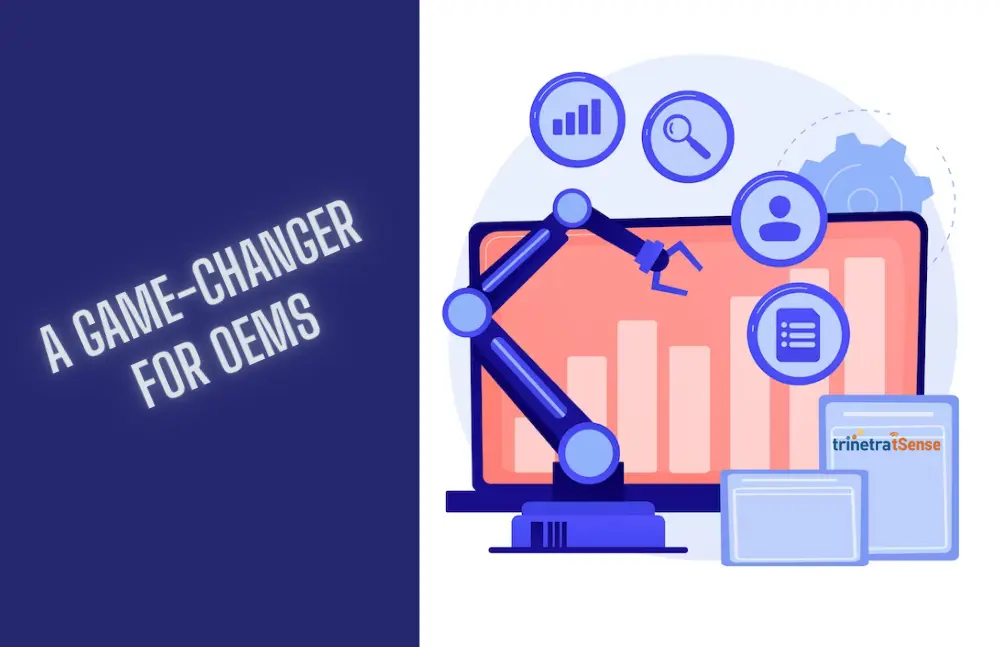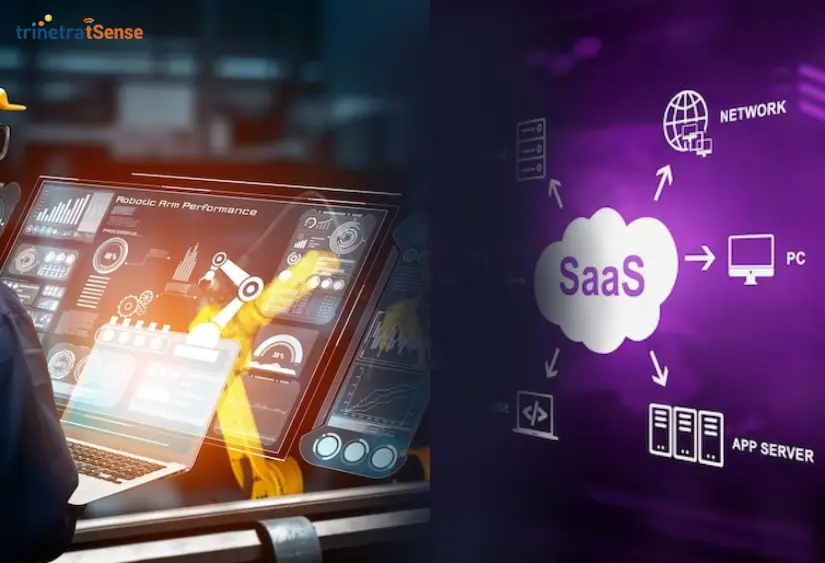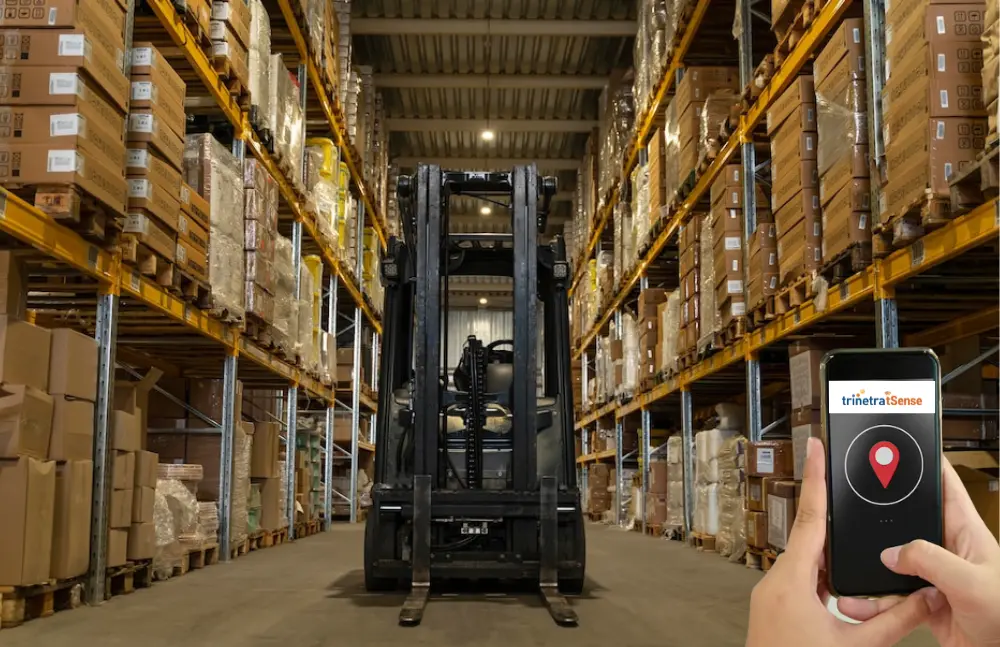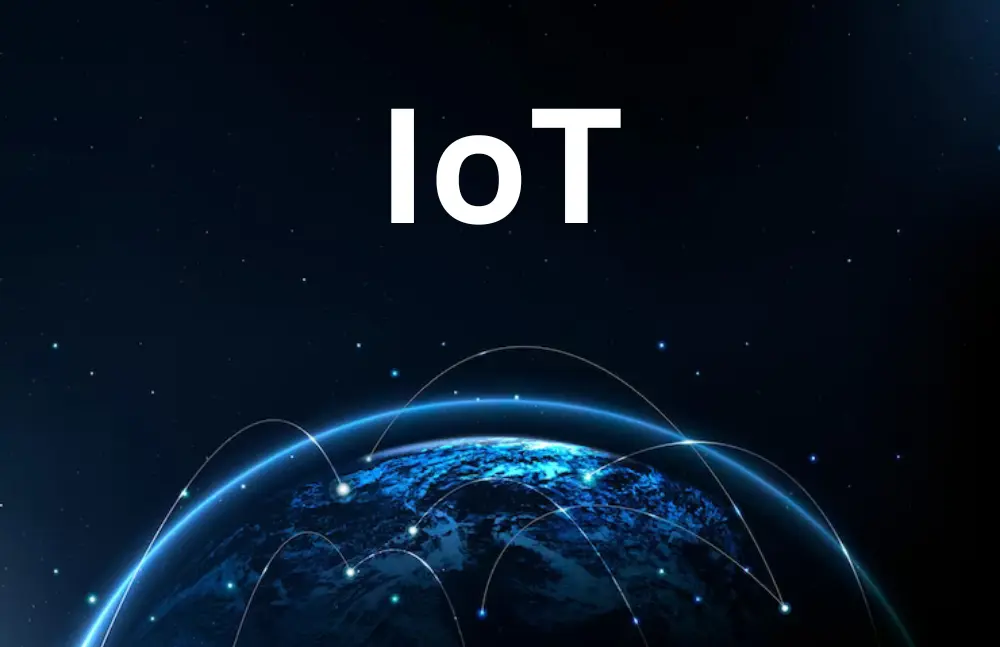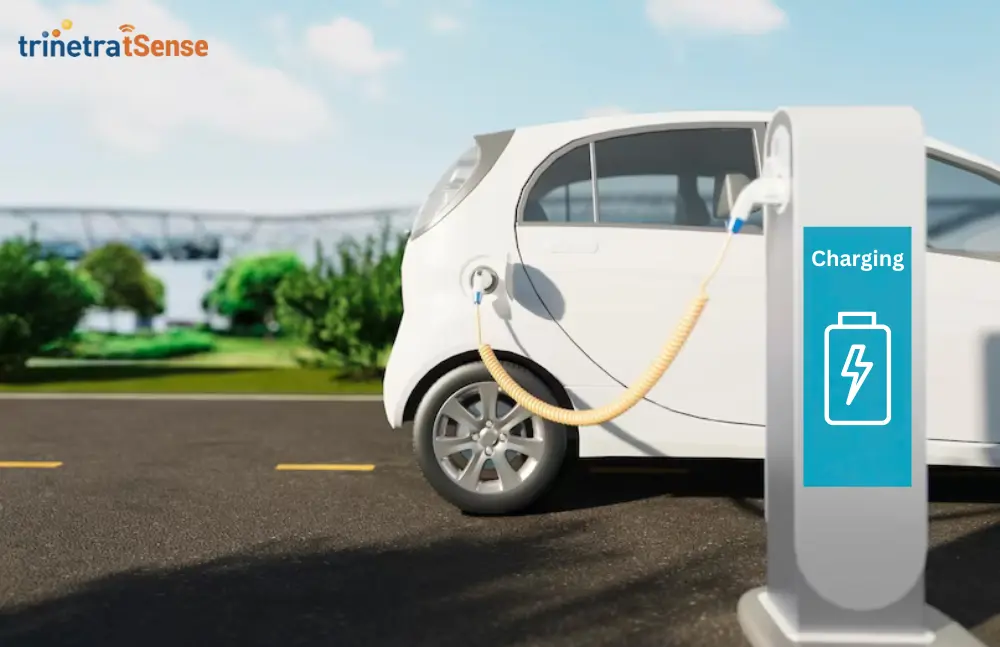The Industrial Internet of Things, has come of age. It is reshaping or redefining industrial manufacturing across sectors. IIoT leverages interconnected devices and systems to redefine operational strategies, empowering manufacturers with unparalleled insights and capabilities for growth and reliability.
Revolutionizing Maintenance with Predictive Insights
Traditional maintenance practices have often led to operational downtime and contributed to unpredictability. IIoT, through embedded sensors and data analytics, revolutionizes this approach by enabling predictive maintenance. Real-time data from machine monitoring solution offers insights, allowing for timely interventions and preventing unexpected breakdowns, ultimately reducing downtime and enhancing operational efficiency.
The Emergence of Smart Factories
The interconnectedness of systems within IIoT paves the way for ‘smart factories.’ By continuously analyzing data from sensors, manufacturers can optimize production lines in real-time. This data-driven approach detects bottlenecks, streamlines workflows, and facilitates just-in-time inventory management, thus minimizing waste and operational costs.
Optimizing Supply Chain Management
The impact of IIoT extends to supply chain management, offering improved visibility and control. IoT-enabled sensors aid in tracking raw materials, managing inventory and streamlining logistics, leading to reduced lead times, enhanced inventory control and optimized logistics, resulting in streamlined operations and cost savings.
Pioneering New Business Models
The integration of IIoT not only enhances operational efficiency but also opens avenues for new and innovative business models. Manufacturers can transition from product-centric approaches to offering value-added services, such as performance monitoring and equipment-as-a-service, creating new revenue streams.
The Future of Manufacturing
The amalgamation of IoT into industrial manufacturing not only optimizes processes but also unlocks unprecedented innovation and operational potential. As IIoT continues to be integrated and its potential harnessed, the industry stands on the brink of transformative advancements, fundamentally changing how manufacturing operations are conceived and executed.
Partner with Trinetra tSense for IoT-Driven Manufacturing Excellence
Trinetra tSense leads the race in providing Industrial IoT solutions, offering tailored strategies to revolutionize manufacturing operations. Embrace the future of efficient production, predictive maintenance and streamlined logistics by collaborating with us. Let’s shape a more efficient and innovative manufacturing experience together. Partner with Trinetra tSense to step into a future of manufacturing excellence driven by IoT.

